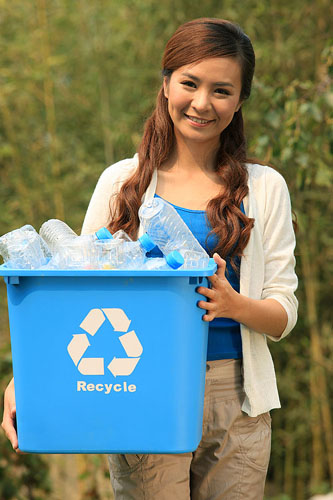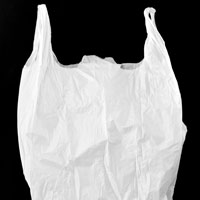Ok before the recycling folks and their allies come Para Trooping into my office and try to seize my computer, I need to get out right away that recycling IS good and should be pursued to every extent possible. This rant is about how best to accomplish this without essentially putting our heads in the proverbial sand!!!
I came across an interesting article in Waste & Recycling, “Coffee makers wrestle with recyclability of single-serve pods” where it speaks to the challenges with recycling single serve coffee pods made by Keurig which was acquired by Green Mountain Coffee Roasters Inc. Apparently since 2009, the company Terra Cycle has been able to capture 25 million of similar discarded single-use cups, and has been attempting to make good use of them, but it sounds like it is very difficult to nearly impossible to recycle them. Also, the article says that, “approximately 13% of the U.S. adult population drinks coffee using these single-use cups.”
So let me get this straight: Approximately 40 million (13% U.S. Population) of these containers are discarded EACH DAY, and the recycling efforts over a 2 year period to recover these cups has amassed a whopping 25 million? Of which there has not been any useful value found for these lucky cups? Am I the only one that sees a problem here? In 2 years it has taken a noble attempt by Terra Cycle (I have much respect for this organization, awesome innovators!) to get nearly half of ONE days worth of consumption of cups, to then turn around and make a useless pile of cups, all in the name of recycling!!!??? Is there no other way to approach this end of life issue? Is this the best thing we can do with this issue right now –today? Why does recycling feel so good for the marketplace? I repeat; 1/2 days’ worth of material collected over the span of 2 years, with no outlet in sight, yet we turn a blind eye to this complete failure because it is labeled “recycling”…so many questions and comments.
So at this point, I should proclaim the easy answer -after all it is easy to be a critic and to point at what is not happening -or flat out failing. But I do not propose to have an easy answer or “silver bullet” to cure all, but I do have sense enough to see that we need to quit being so brainwashed into thinking recycling is the silver bullet as well. It is clearly not working alone in that only 7-9% of all plastics are being recycled. And lets not forget that a vast % of our recycled plastic WAS going to China, and now may not find a home as China’s “Green Fence” is clearly revealing. We need to incorporate a multifaceted approach to our waste issues and material resources.
What if these cups were made to biodegrade in a landfill where they most likely belong? 75.8% of all Municipal Solid Waste goes into landfills that capture the biogas created by biodegradation. There has been unprecedented growth in utilizing Landfill Gas to Energy (LGE) in the U.S. recently as the experts now understand that it is better to promote and capture this alternative source of energy, rather than try and stop nature taking its course and entomb or dry landfill our waste. The “no smoking” signs on an old landfill turned golf course has to make one nervous and draw some obvious conclusions-we cannot stop nature from taking its course. (:
Lastly, the Utopian Societyists say we need to move to 0% landfills. I say that this is wrong and absolutely impractical. We should rather be saying we need to achieve 0% waste. If composting is considered Organic Recycling (which by the way creates 0% energy and captures LITTLE to no emmissions) then similarly, LGE is a valuable alternative to creating useful end of life values towards 0% waste. Picture that huge pile of unusable “lucky because they were recycled” coffee cups and tell me I’m wrong. Can we PLEASE do more than bury our heads in the sand and actually address today and tomorrow and not let “best” practices get in the way of the good we could do NOW? If the total recycling rate of all plastics is 7-9%, that means roughtly 91-93% of our plastics is going to a landfill where it has no further value. If they were biodegradable plastics like the kind ENSO Plastics assists brands and manufacturing to create, they would slowly biodegrade and be an excellent feedstock to LGE. If you are one that thinks that recycling is the only answer, I ask you to shift your mentality and question status quo, question what is popular as “best practices” with our waste and push for a multi-pronged approach to our sustainability. People are smart if they open their eyes and minds to innovations and bury their head in a more progressive endeavor like answering the question, “What more can we do? Today?”
-Del Andrus




